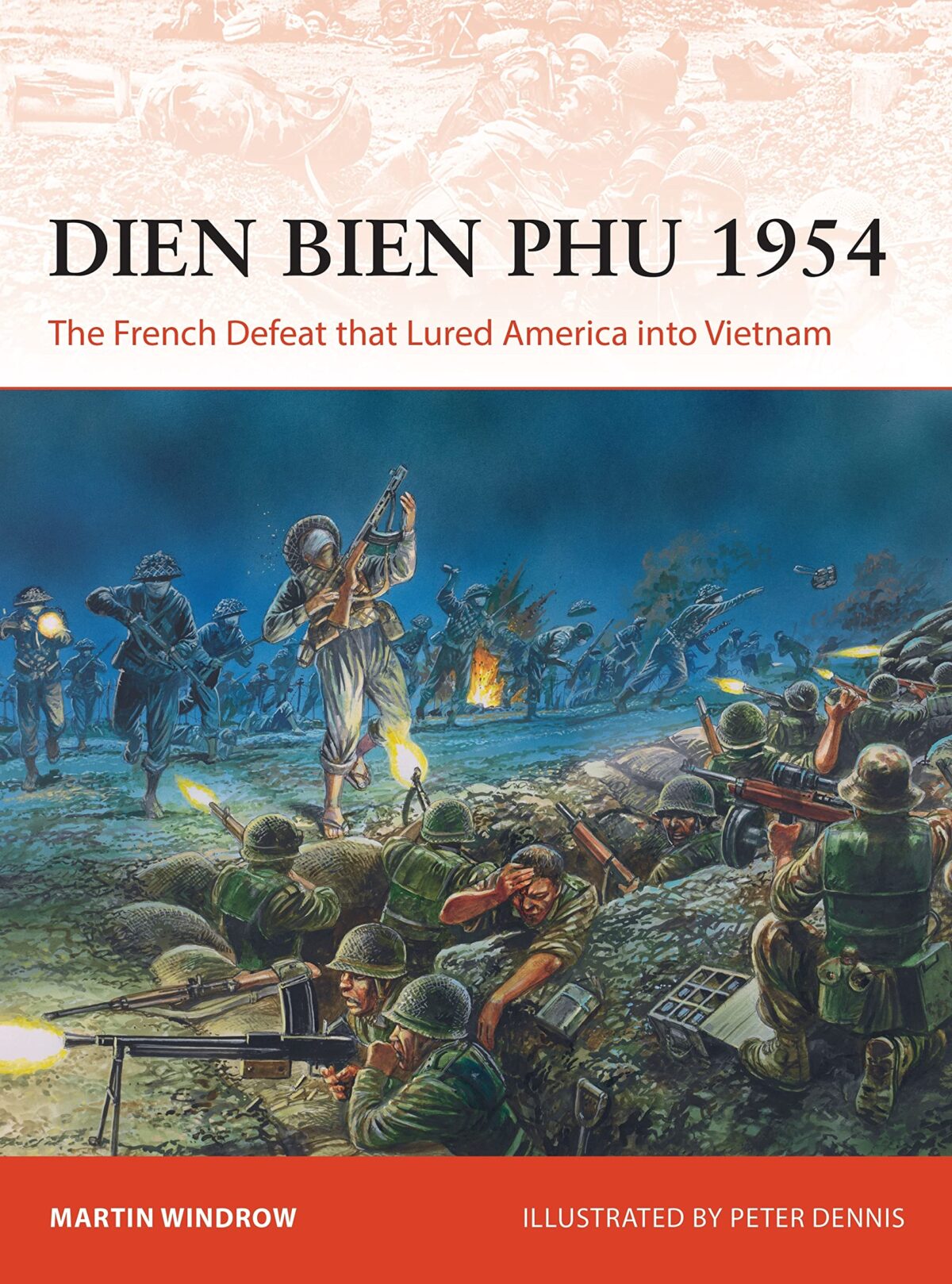On Nov. 20, 1953, colonial power France’s forces in Indochina launched Operation Castor, reoccupying a base called Dien Bien Phu. Situated in the Nam Yum River valley of the Thai Highlands, Dien Bien Phu had a reparable airfield and was in a good position to block efforts by the Viet Minh independence movement to go into Laos, Cambodia or Southern Vietnam during the First Indochina War, 1946-54.
Lt. Gen. Henri Navarre, commander of French forces in Indochina, believed that with a ring of strong fortifications and a 10,000-soldier garrison supported by aircraft, Dien Bien Phu might entice a large detachment of the Viet Minh from the more vital Red River Delta region in an attempt to neutralize the base, where any such attempt would be destroyed by superior French firepower and technology.
By March 1954, Navarre got what he wanted, as Viet Minh military commander Vo Nguyen Giap committed most of his army — about 58,000 troops — to a siege of Dien Bien Phu. As the Viet Minh launched the first phase of its offensive, however, it became disturbingly clear to the French that they faced a better armed and supplied opponent than they had bargained for.
No. 366 in Osprey’s “Campaigns” series, “Dien Bien Phu 1954” is one of those subjects that followers of the series might greet with the question, “What took so long?” As Martin Windrow shows, Dien Bien Phu was the culminating product of an often-costly learning process for both sides. Although the outcome was greeted by anti-colonial movements worldwide as a precedent-setting victory, Dien Bien Phu was in many respects unique to the land and situation in which the combatants fought. The Viet Minh, for example, was no longer the guerrilla force that the French had fought even a year earlier but an army of soldiers capable of opting for set-piece battles or sieges, backed by 105 mm howitzers mostly obtained from China.
The defeat ended French’s colonial rule and led to a July 1954 peace treaty that divided Vietnam into North Vietnam and South Vietnam. Conflicts between the communist North and anti-communist South would soon draw in the Americans.
Backed by a trove of photographs, maps and graphics, “Dien Bien Phu 1954” is a worthy addition to any student of the conflicts in Indochina and Vietnam specifically.





